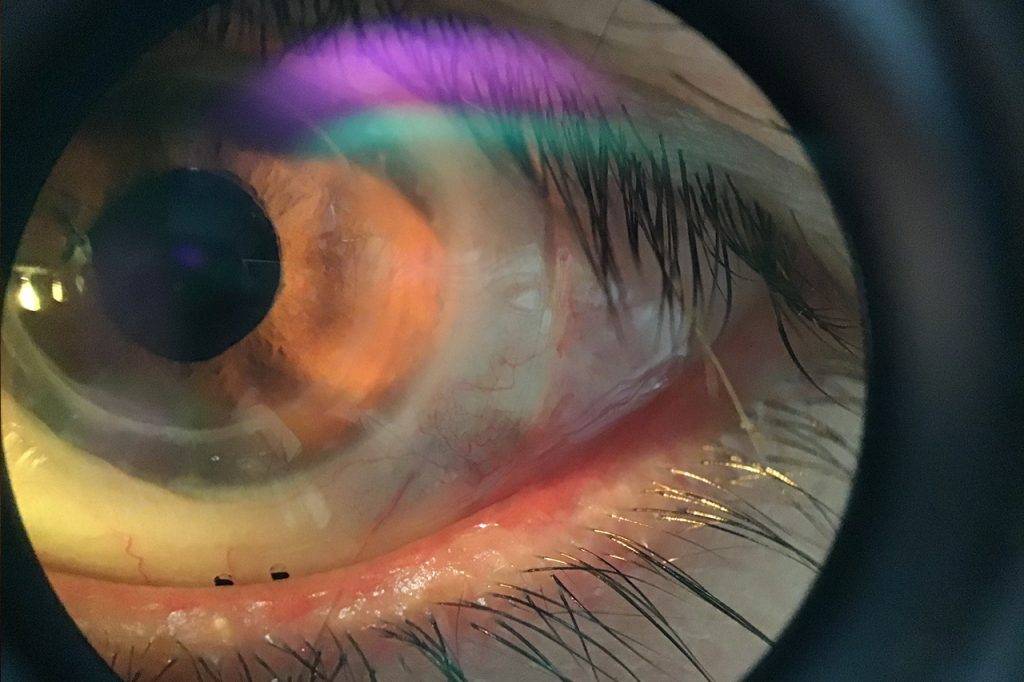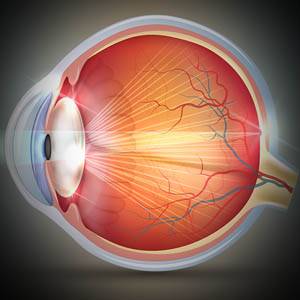If you have noticed one or both pupils remain large, it’s an eye condition known as mydriasis.
The dark circles in your eyes are called pupils.
They collect light and direct it to the retina, where it is transformed into images.
In most cases, the pupils dilate or widen in response to low light so that more light can be collected.
What is mydriasis?
Pupils can dilate for a variety of reasons that are unrelated to light levels.
When pupils remain enlarged even in bright surroundings, it is a condition known as mydriasis.
What causes mydriasis?
Mydriasis can occur for a variety of reasons, including:
Anticholinergics
Anticholinergics treat a variety of physical ailments that affect how muscles relax and contract.
Your pupils will dilate as a result of using anticholinergics, and you may experience blurry vision and dizziness if your mydriasis is caused by prescription medicine.
When you stop taking these medications, your pupils should return to normal.
Injury to the eye
Blunt force trauma to the eye can damage the nerves that regulate the pupils or the iris, the pigmented area of the eye.
This can affect the pupils’ response to light.
Depending on the origin of your injury, you may have additional symptoms.
Traumatic brain injury
Increased intracranial pressure caused by any type of brain injury from a trauma, tumor, or stroke can affect pupil size, typically in one eye.
A ‘blown pupil’ is a term used to describe mydriasis produced by a traumatic brain injury.
Cranial nerve neuropathy
Cranial nerve neuropathy is a condition in which the nerves that supply the eyes gradually deteriorate.
Damage to the oculomotor nerve, which controls pupil constriction and dilation, could result in mydriasis. One or both eyes may be affected by cranial nerve neuropathy.
If you have cranial nerve neuropathy, you may notice other signs and symptoms in your eyes, such as impaired vision.
SEE RELATED: Can Steroids Affect Vision?
Schedule an appointment with an eye doctor near you, if you notice that your eyes are dilated, even in bright light.
Increased oxytocin
Increased oxytocin levels might cause a brief mild to moderate dilatation of the pupils.
Exercise and intimate physical or social interactions with other people release oxytocin. It also has an important role to perform during birthing. Oxytocin is primarily responsible for psychological changes including heightened emotional attachment and sexual desire.
Drugs
Mydriasis can be caused by substances like cocaine, ecstasy, hallucinogens, and crystal methamphetamine.
Serotonin receptors in the brain are affected by hallucinogenic substances like LSD, which can cause pupil dilation.
Stimulants like cocaine raise serotonin levels and have similar effects on the eyes.
Benign Episodic Unilateral Mydriasis
BEUM (benign episodic unilateral mydriasis) is a transitory condition in which only one eye’s pupil dilates.
During these episodes, people with this condition frequently report moderate headaches, eye pain, light sensitivity, and impaired vision.
BEUM can arise during a migraine headache in some situations.
Mydriatics
To assess your eye health, doctors utilize mydriatics to check the retina and other structures deep within the eye.
People with high blood pressure or diabetes are frequently advised to have a yearly dilated eye exam. Mydriatics are also used by doctors to treat painful ciliary muscle spasms.
Over the course of four to eight hours, the dilatation caused by mydriatics gradually fades. However, it may persist up to 24 hours in certain cases. You’ll be sensitive to strong light while your eyes are dilated.
How to manage mydriasis?
To manage the symptoms of dilated eyes:
- Avoid direct sunlight
- Don’t drive, especially during the day
- Avoid reading text too close to your eyes
- Use sunglasses prescribed by an eye doctor in bright environments
How to treat mydriasis?
The treatment for mydriasis is determined by the underlying cause.
During treatment, your doctor may suggest wearing opaque contact lenses or light-sensitive sunglasses. In some circumstances, surgery may be required. It’s critical to discover what’s causing your mydriasis so you can get correct treatment.
Whatever the cause, it’s important to see your eye doctor if your dilated pupils persist.
LEARN MORE: Guide to Eye Health
If you notice an enlargement of one or both pupils, schedule an appointment with an eye doctor to determine what could be the cause.
When pupils remain enlarged even in bright surroundings, it is a condition known as mydriasis and should be examined by an eye doctor.


